![]() I was hired as part of a cluster hire focused on urban ecosystems at Kent State University, and while my research has a significant urban component to it, I had not taught an urban-focused class… until this past semester, when I created a new class in Urban Hydrology. Urban hydrology is a fascinating and relevant topic, but its not part of the standard curriculum for geology students in the US. Where urban hydrology is typically taught is at the graduate level to civil engineering students, and follows on courses on hydraulics, fluid mechanics, etc. Thus, the content and approach taken in civil engineering Urban Hydro classes was not quite what I wanted for the senior geology majors and graduate students in my class, most of whom had no experience with hydrology before arriving in my classroom. This class was my first full course taught at Kent State, so it was a big semester of learning about the students here and how to effectively teach to them. While I think my students learned a lot in my class, I can say with some confidence that I learned just as much from the experience of teaching a new topic to a new audience.
I was hired as part of a cluster hire focused on urban ecosystems at Kent State University, and while my research has a significant urban component to it, I had not taught an urban-focused class… until this past semester, when I created a new class in Urban Hydrology. Urban hydrology is a fascinating and relevant topic, but its not part of the standard curriculum for geology students in the US. Where urban hydrology is typically taught is at the graduate level to civil engineering students, and follows on courses on hydraulics, fluid mechanics, etc. Thus, the content and approach taken in civil engineering Urban Hydro classes was not quite what I wanted for the senior geology majors and graduate students in my class, most of whom had no experience with hydrology before arriving in my classroom. This class was my first full course taught at Kent State, so it was a big semester of learning about the students here and how to effectively teach to them. While I think my students learned a lot in my class, I can say with some confidence that I learned just as much from the experience of teaching a new topic to a new audience.
At the beginning of my course planning, I set four learning objectives for the students:
- Understand the natural and human factors that regulate hydrologic processes in urban areas
- Evaluate watershed land use changes and associated hydrologic impacts
- Describe methods to mitigate the effects of urbanization on aquatic systems
- Analyze the scientific literature on urban aquatic systems and discuss the approaches and main conclusions with fellow scientists and the public
Upon reflection, the first two objectives have some significant overlap, though “evaluation” requires a different set of skills than “understanding.” These two objectives were the primary focus of the first half of the semester, in which I introduced students to the concepts of watersheds, water budgets, and hydrographs, and had them work through the USDA NRCS handbook TR-55 “Urban Hydrology for Small Watersheds” (pdf link) with a real example from the Cleveland metropolitan area. Overall I’m very happy with how this part of the course went, because I took students from not knowing how to define a watershed given a topographic map to being able to solve an applied hydrologic problem in an urban setting.
The first half of the course could also be summed up as “how we got to where we are today in urban watersheds,” and my goal for the second half was to help students understand “where do we go from here.” This is where objectives 3 and 4 came into greater play. We talked about principles and practices of stormwater control and low impact development, stream restoration, solving the legacy problem of combined sewer overflows, and attempts at watershed-scale approaches to reducing stormwater inputs to streams. I organized two optional field trips – one to look at stream restoration and dam removal sites in Kent (with help from the Ohio EPA) and surrounding towns and one lead by Cleveland Metroparks to look at stormwater BMPs and stream restoration in the West Creek watershed in Parma. The culminating project for this half of the class was the design of rain garden. While I’m reasonably happy with how this half of the class went, there are some tweaks I’d like to make for the future. I need to tie the topics covered in the second half of the semester into a more cohesive unit, and I need to rethink my fourth learning objective (re: scientific literature), because I didn’t do as a good of a job as I would like with implementing it. We certainly read quite a number of papers, and they wrote reflective essays about them, but the discussion with the public part didn’t happen.
I’m quite pleased with the final project though. In many neighborhoods, this rainfall that lands on a rooftop is delivered to driveways, streets, or pipes that lead to the storm sewer network and straight to streams. The goal of rain gardens is to “disconnect” the rooftop and treat the water on-site, returning the hydrology to a more natural state. The class worked in teams of three as competing consulting firms angling for a design-build contract on the rain garden. They had to survey the site to quantify impervious surface, soil characteristics, and lot and topographic limitations. Then using a variety of resources that they’d identified for rain garden design and construction, the teams developed plans that detailed size, position, soil characteristics, and planting for the rain garden. On the last day of class they presented their designs to each other. I didn’t actually ask the students to construct the rain garden (that’s something Chris and I have taken on over the summer, since it is in our front yard), but several have asked how the process is going. (I may post some pre-, syn- and post-project pictures later.)
I also had students participate in water quality data collection and analysis for the Cuyahoga River in Kent. I think this was a very valuable way for the students to gain a small amount of experience with hydrologic data from hypothesis generation and testing, to quality control of field measurements, to putting their results in the context of the literature. I’d like to keep a version of this project in future iterations of the course, but I want to tie it more explicitly into the course objectives.
I’m not likely to teach the course again for at least two years, but I’m hopeful that I can build off of what I did last spring to create an even better Urban Hydrology class at Kent State. In the meantime, almost all course materials can be found on my website, which I hope will be a resource for other people interesting in learning more about this fascinating and important field of hydrology.


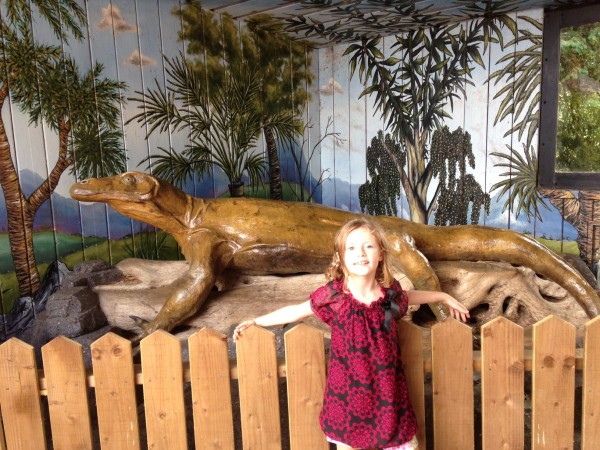
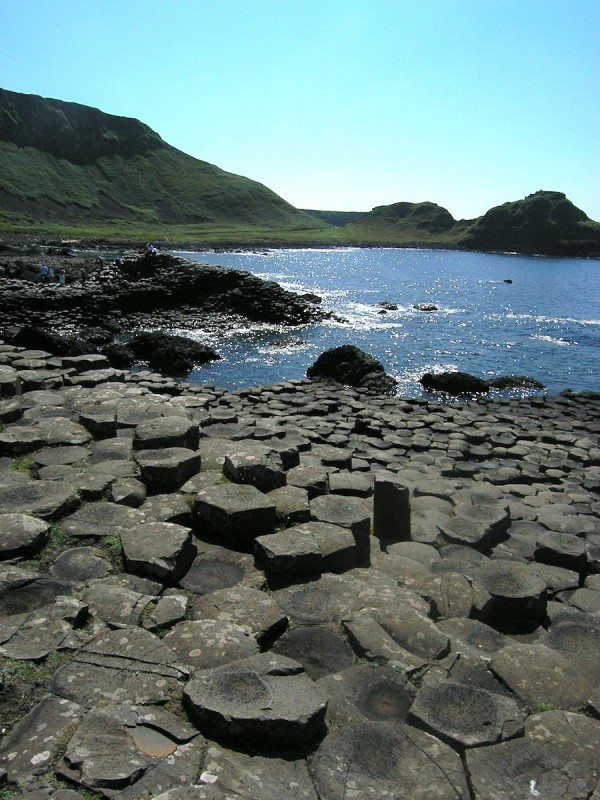
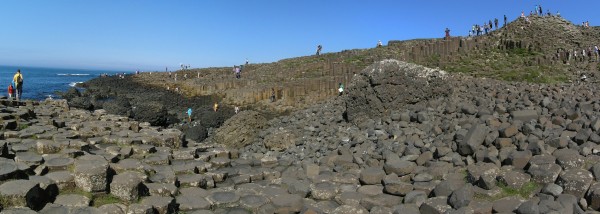
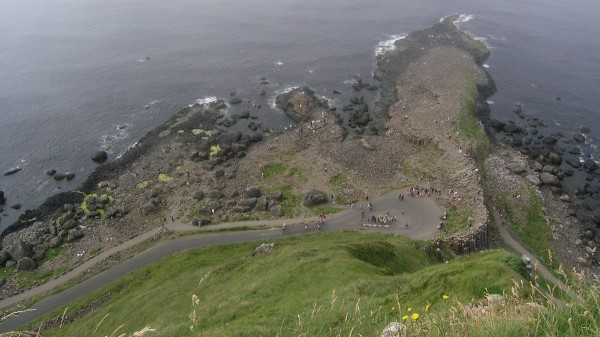

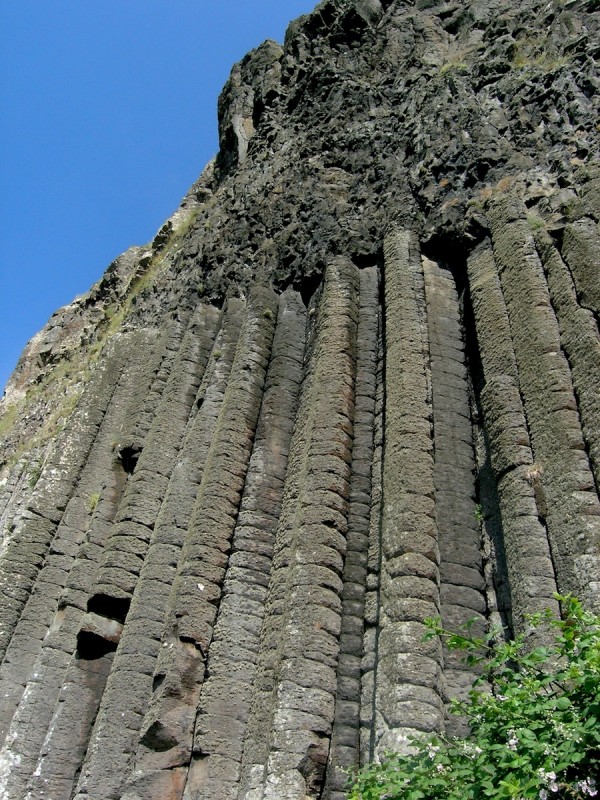

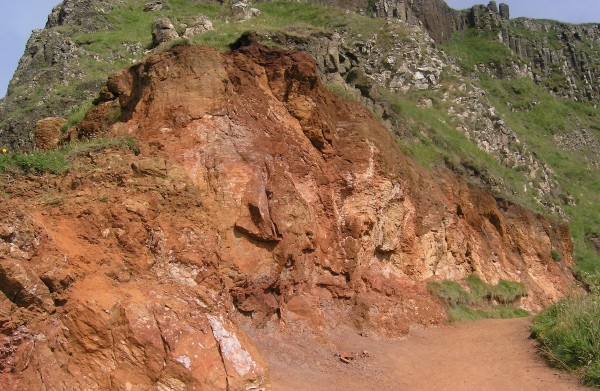
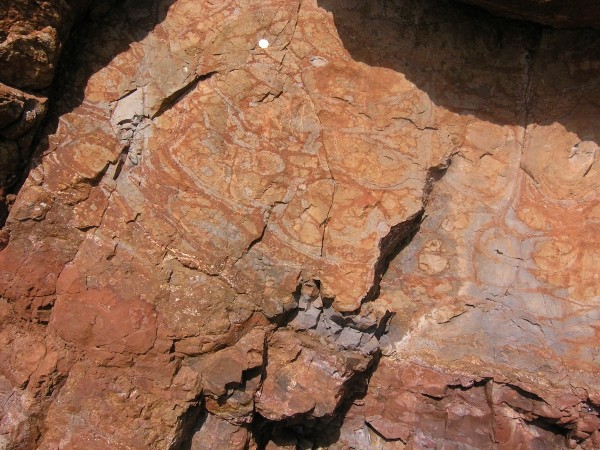
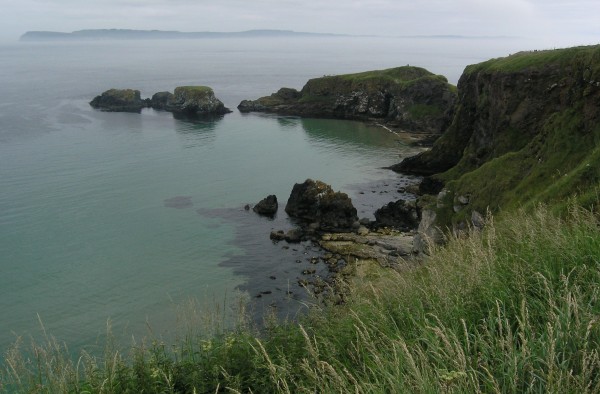
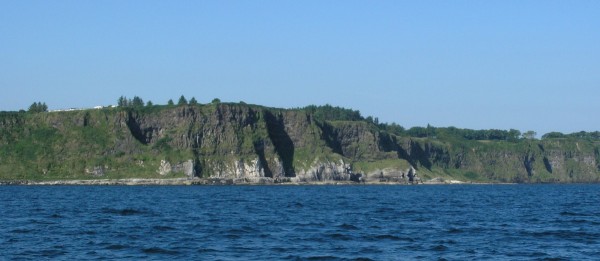

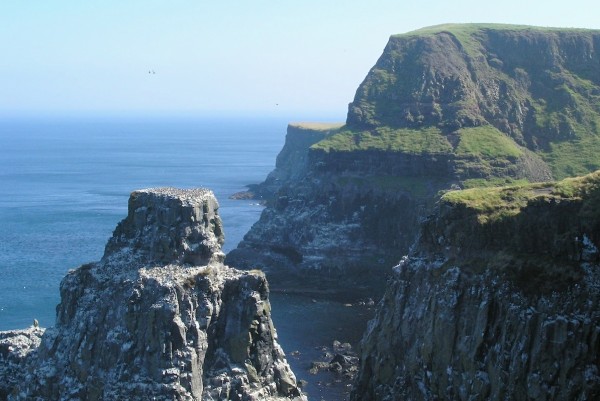
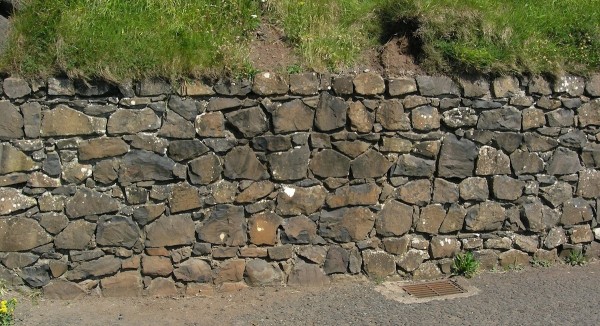
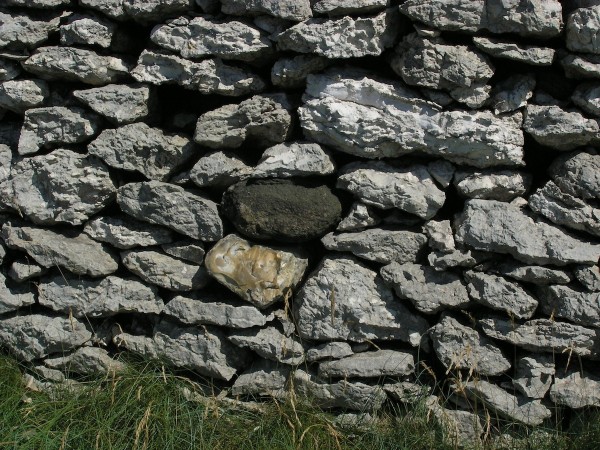

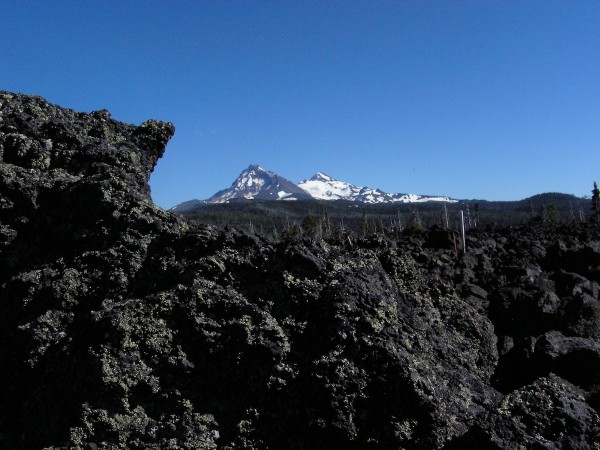


Nice plan for content warnings on Mastodon and the Fediverse. Now you need a Mastodon/Fediverse button on this blog.